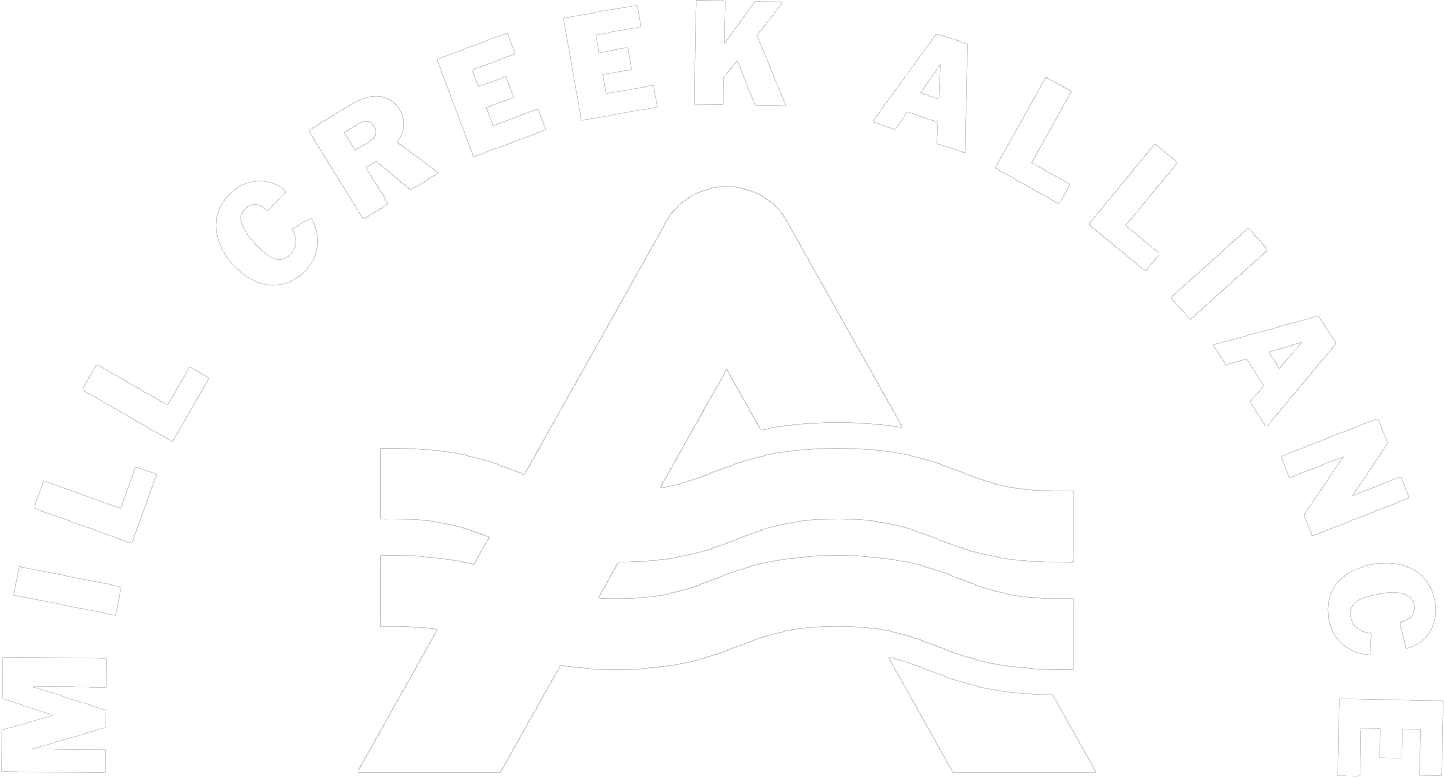Water Quality in the Mill Creek
Since the mid-1990s, many improvement projects have been implemented in the Mill Creek Watershed by various organizations. The water quality has shown substantial improvement. This trend will continue as long as the watershed’s key stakeholders continue efforts to improve the stream and its tributaries. Measuring these improvements relies on consistent quality data to quantify the effectiveness of specific projects and policy changes in achieving water quality and habitat benefits. The Mill Creek Alliance has worked diligently to obtain continuous comprehensive quality data specific to the Mill Creek Watershed since 2013.
The Alliance provides a thorough framework of water chemistry that meets the standards of the Ohio Credible Data Law (Level II). Data collection serves as an exemplary resource for connecting residents to the watershed, and educating the community on the importance of protecting their shared water resource. Long-term data collection contributes to region-specific data for environmental and economic improvements.
Each year, the data is analyzed, compared to previous years, and shared with the public at the State of the Mill Creek Address.
Volunteer Water Quality Monitoring
Our dedicated volunteer citizen scientists visit 57 sites throughout the Mill Creek Watershed on the second Saturday of every month, March through November. Some water quality monitoring volunteers collect water samples and make stream observations in the field, while others receive the samples at the laboratory and analyze for eight parameters: nitrates, total phosphorus, conductivity, turbidity, pH, E. coli/coliforms, temperature, optical brighteners, and InVivo Chlorophyll a.
Data is accessible to the public via downloadable excel spreadsheets and several online map sources. (See information and links below.)
The Mill Creek Volunteer Water Quality Monitoring Program is made possible by generous funding from Butler County Storm Water District. We are also grateful to the Butler County Water & Sewer Department and its supportive staff for providing the lab space and direction for the program. Support through advancement in technology is provided by RA Consultants, LLC. And finally, the Alliance thanks the committed volunteers for their dedication to making this program successful.
We need YOU! Become a citizen scientist in our water quality monitoring program. Volunteers work on the second Saturday of the month (March-November) collecting water samples and/or conducting lab analysis. Training is provided. Submit the form below to get involved.
Data (DOWNLOADABLE EXCEL SHEETS)
Metropolitan Sewer District of Greater Cincinnati (MSD) partners with the Midwest Biodiversity Institute (MBI) to perform comprehensive biological, chemical, and physical sampling and analysis. Reports from previous studies, as well as video of the 2022 presentation of findings, can be viewed at the MSD website.

